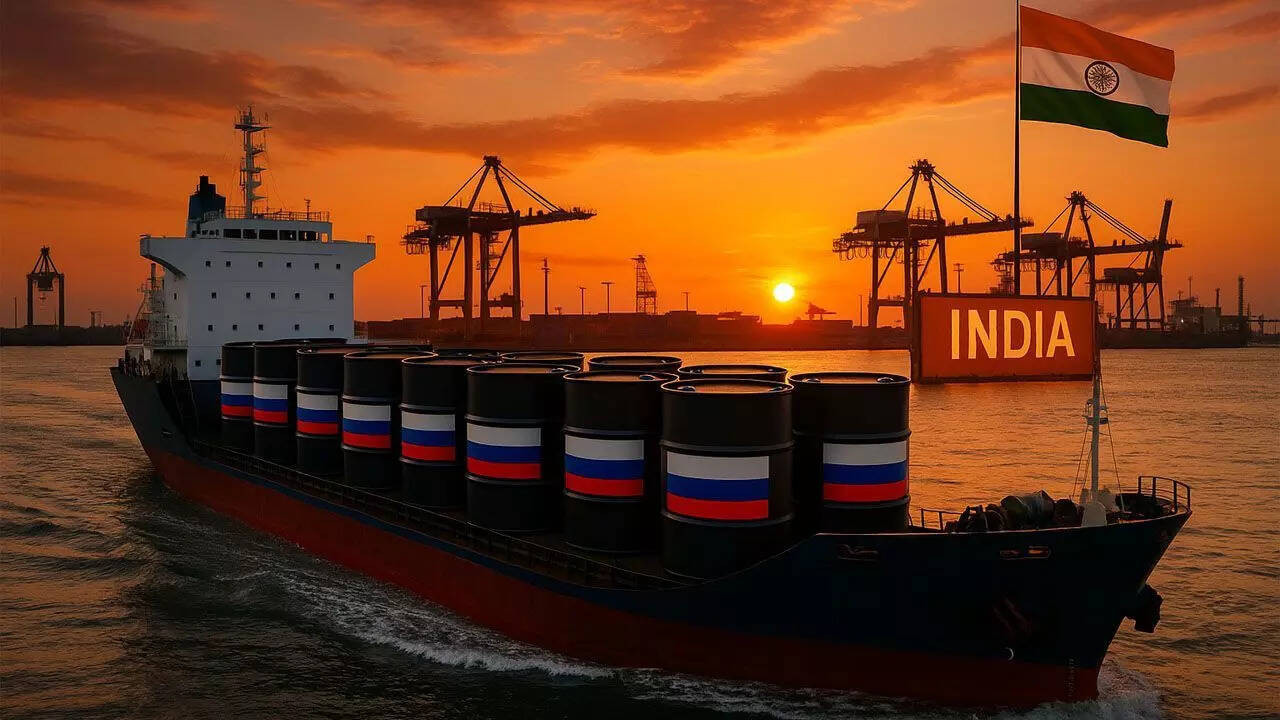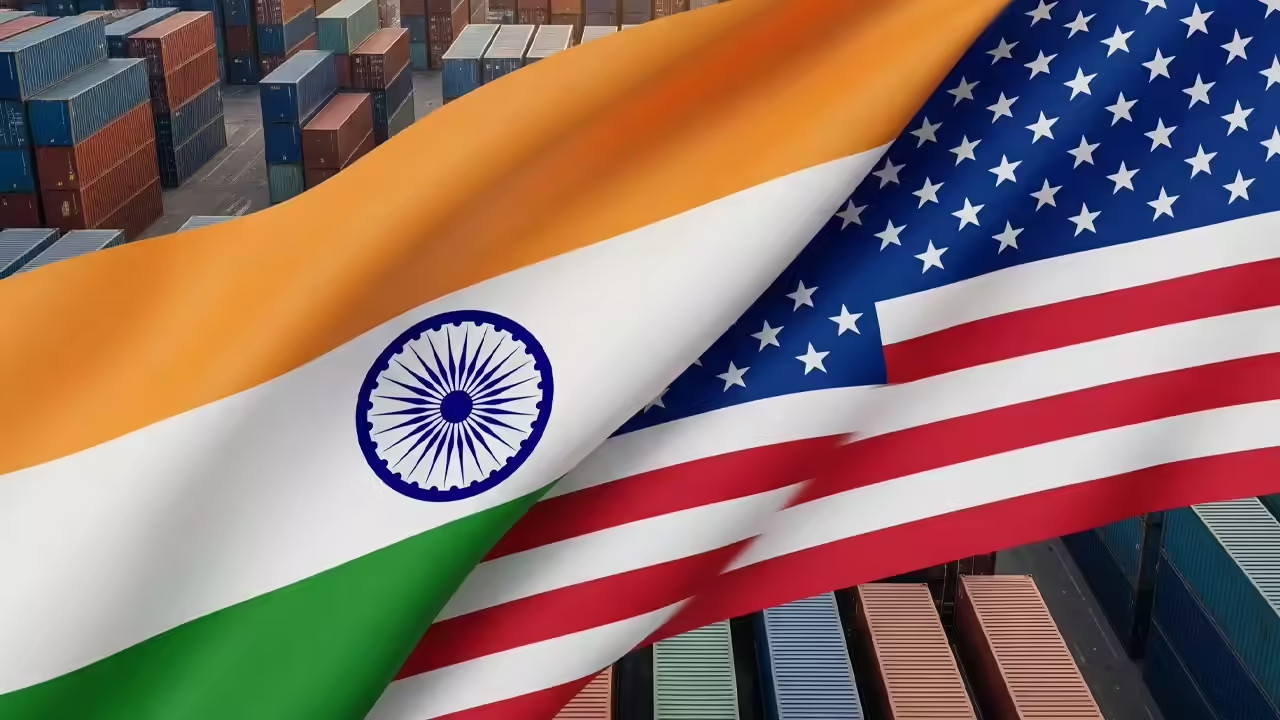Indian refiners plan to slightly decrease Russian crude oil imports in the coming weeks. While maintaining energy ties with Moscow, projected purchases will fall from 1.8 million barrels per day to between 1.4 and 1.6 million. The US has criticized India’s increased reliance on Russian oil.
Will Trump’s Tariff Threat Squeeze India’s Russian Oil Flow?
The whispers started circulating a few weeks back, growing louder with each passing day. Now, they’ve solidified into a genuine concern: could a second Trump presidency mean a significant shakeup in India’s energy strategy, particularly regarding its reliance on Russian crude oil?
The short answer, as with most things in geopolitics, is…complicated.
Donald Trump, a figure known for his unconventional approach to trade and international relations, has publicly floated the idea of imposing tariffs as high as 50% on countries he perceives as taking advantage of the United States. While he didn’t explicitly name India, the implications were clear. India’s burgeoning trade surplus with the US, coupled with its continued purchase of discounted Russian oil despite Western sanctions, has undoubtedly put it on Washington’s radar.

For Indian refiners, who have become increasingly reliant on Russian crude due to its attractive pricing, this poses a significant dilemma. The allure of cheap oil is undeniable, especially as India strives to fuel its rapidly growing economy. However, a 50% tariff could effectively eliminate the cost advantage, making Russian oil less competitive compared to alternatives from the Middle East, Africa, or even the United States itself.
Indian Refiners Weigh Their Options
The potential consequences are already rippling through the Indian oil market. Refiners are reportedly exploring strategies to mitigate the risk. Some are considering reducing their dependence on Russian crude, diversifying their supply chains to include more oil from other sources. Others are likely engaging in intense negotiations with Russian suppliers, seeking price adjustments that could help offset the impact of potential tariffs.
It’s a delicate balancing act. India needs affordable energy to power its economic ambitions, but it also needs to maintain a healthy relationship with the United States, a crucial trading partner and strategic ally. Walking this tightrope requires careful diplomacy and shrewd business decisions.
India’s Stance: No Abrupt Changes
Despite the looming threat, official statements from India suggest a reluctance to drastically alter its current course. The government has consistently maintained that its energy policy is driven by its own national interests. Translation? India intends to continue buying oil from Russia as long as it remains economically viable, irrespective of external pressure.
This doesn’t mean India is ignoring the potential risks. On the contrary, it suggests a calculated approach – a willingness to adapt if necessary, but a determination to avoid knee-jerk reactions. India is likely hoping that the tariff threat will either be rescinded or tempered, or that creative solutions can be found to minimize its impact.
The Bigger Picture: Global Energy Dynamics
The situation underscores the complex interplay of geopolitics, economics, and energy security in the modern world. The war in Ukraine has fundamentally reshaped global energy flows, with Russia seeking new markets for its oil and India emerging as a key buyer. Any significant change in India’s purchasing patterns would undoubtedly have wider ramifications, impacting global oil prices and potentially influencing Russia’s ability to finance its war effort.
Navigating this landscape requires a sophisticated understanding of international relations, a keen eye on market dynamics, and a pragmatic approach to energy policy. India’s response to the potential tariff threat will be closely watched by governments and energy companies around the world, as it offers valuable insights into the future of global energy security and the evolving balance of power. Understanding India’s strategy for managing potential tariffs is crucial for any nation engaged in international trade.
The path forward remains uncertain. Will Trump’s tariff threat materialize? Will India be able to successfully navigate the geopolitical complexities and maintain its access to affordable energy? Only time will tell. One thing is clear: the decisions made in the coming months will have a profound impact on India’s energy future and the global energy landscape. Learn more about India’s energy infrastructure and challenges [here](/india-energy-sector-overview).







